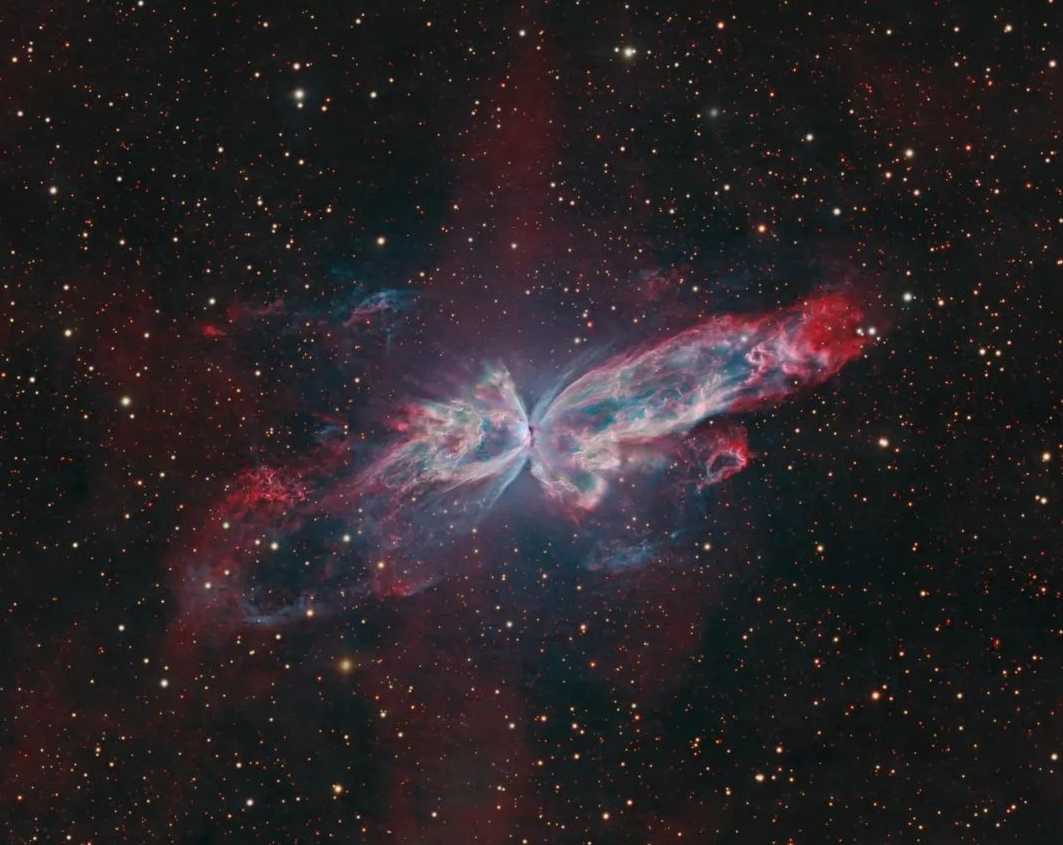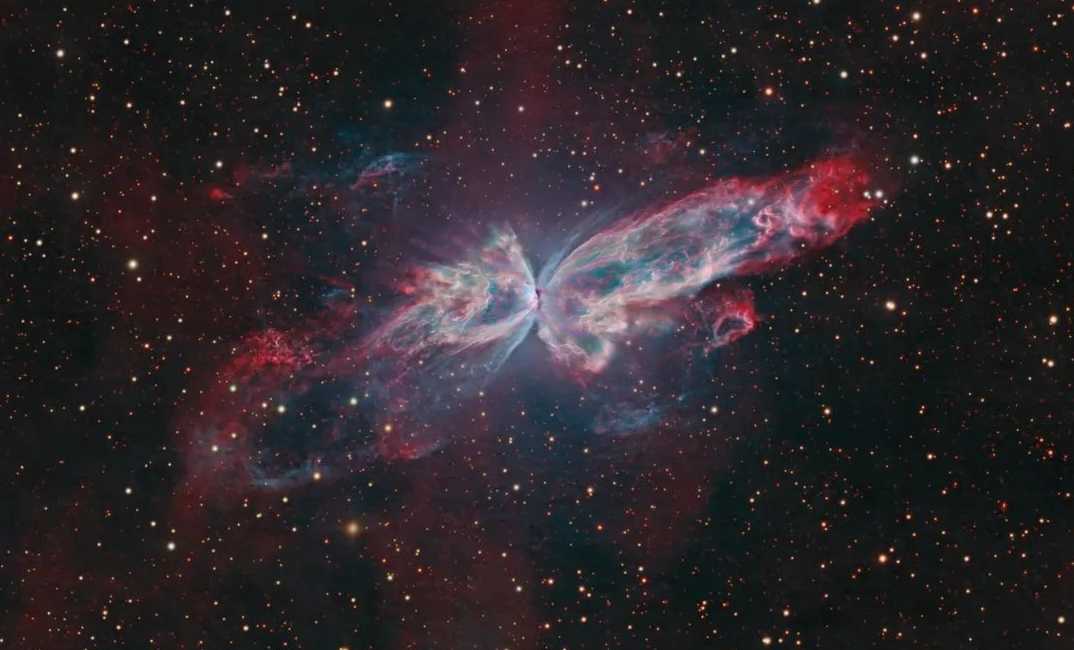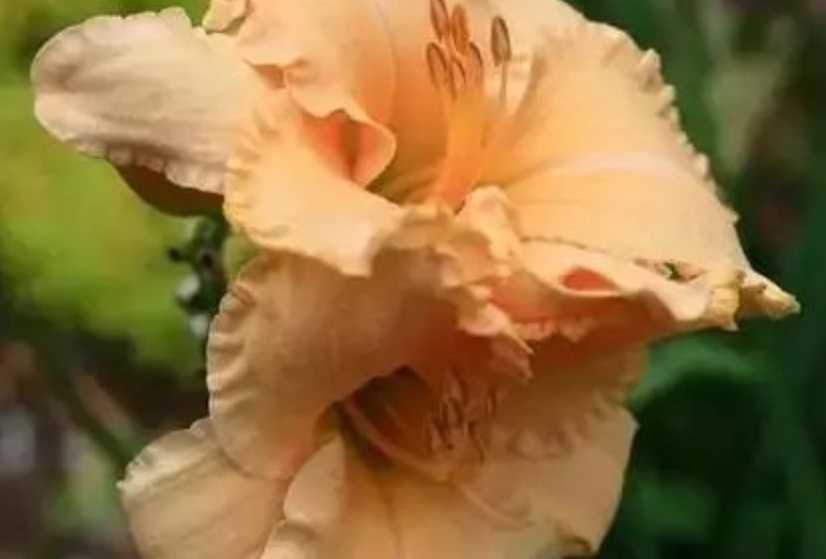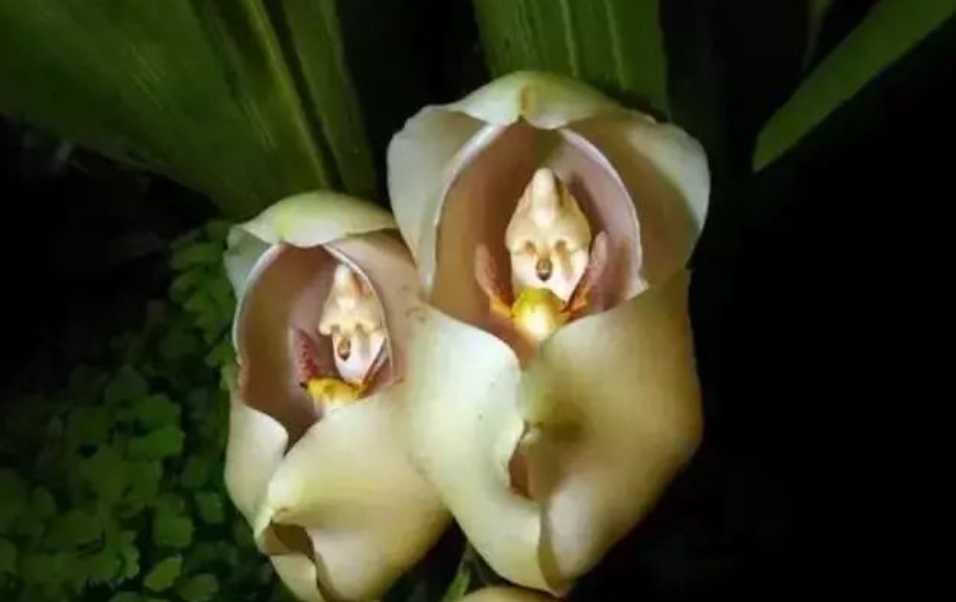The Butterfly Nebula (NGC 6302): A Fiery Cosmic Chrysalis in Scorpius
NGC 6302, a planetary nebula nicknamed the "Butterfly Nebula," lives up to its floral-insect moniker with wing-like gas plumes spanning 3 light-years. Located 4,000 light-years away in Scorpius, this stellar corpse showcases the dramatic final act of a massive star—now a 250,000°C central star evolving into a white dwarf, its ultraviolet radiation ionizing the surrounding nebula into a kaleidoscopic display.

Source: Images from the Internet, if there is any infringement, please contact the removal of
A Star Shrouded in Dust, Unleashing Cosmic Wings
The central star, though hidden by a dense ring of dust, blasts out energetic UV rays that carve the nebula’s twin bipolar lobes. Narrow-band telescope images reveal its signature palette: ionized hydrogen glows red, while doubly ionized oxygen shines in turquoise, tracing intricate knotty structures and filamentary gas clumps within the butterfly-wing jets.
Astronomers estimate the nebula formed ~2,200 years ago, when the dying star ejected its outer layers. The dust ring around the star (seen edge-on as a dark band between the lobes) likely formed from material shed earlier in the star’s evolution, now acting as a cosmic hourglass, channeling stellar winds into the spectacular bipolar shape.
Cosmic Forensics: Decoding Stellar Death in Ultraviolet Light
NGC 6302’s extreme temperature and structure make it a key case study for stellar evolution. The central star’s 250,000°C heat is among the hottest known for the white dwarf precursor stage, suggesting the star may have once been 5–10 times more massive than the Sun.
"The nebula’s complex knots and filaments tell us the stellar wind wasn’t steady," says Dr. Alice Ritter of the European Southern Observatory. "These structures likely formed from periodic outbursts or interactions with a binary companion, though none has been detected yet."
Future observations with the James Webb Space Telescope may pierce the dust ring to study the central star directly, shedding light on how massive stars shed their envelopes and seed the galaxy with heavy elements. For now, the Butterfly Nebula remains a stunning reminder of nature’s artistry in the final moments of stellar life—an interstellar chrysalis glowing 4,000 light-years away in the heart of Scorpius.
-------- END --------






